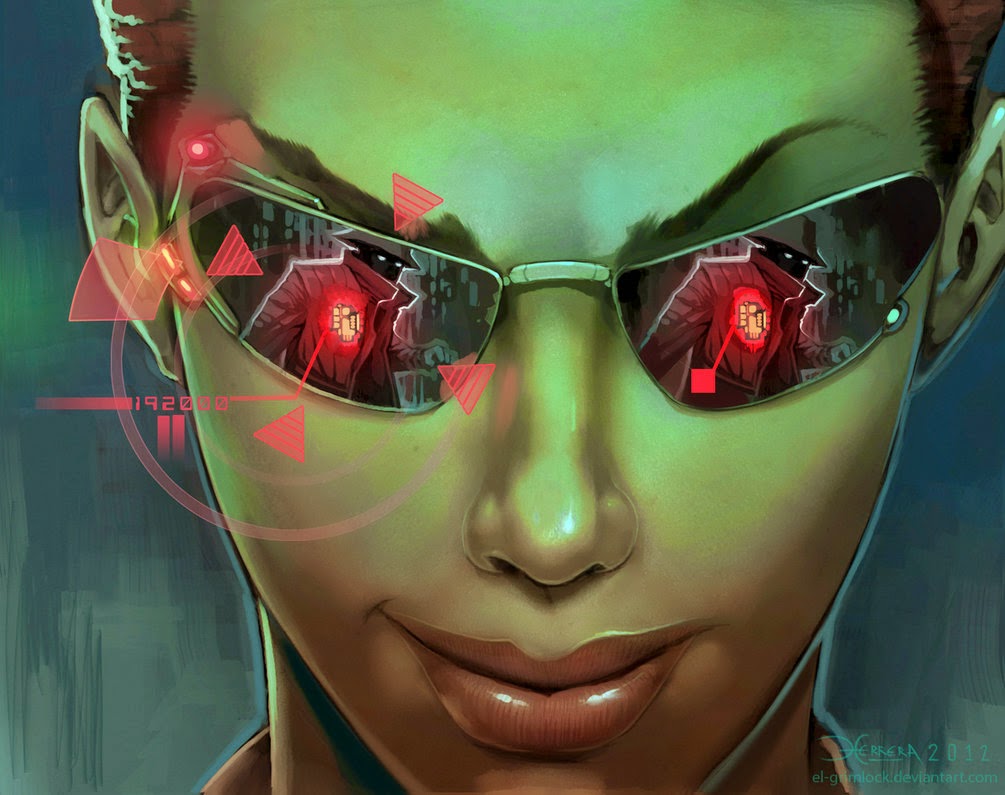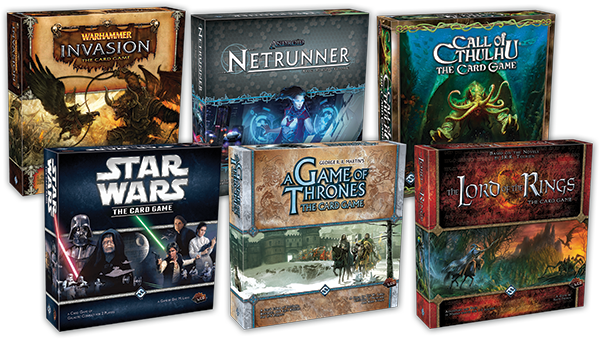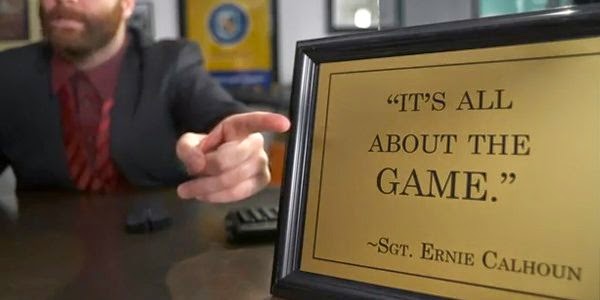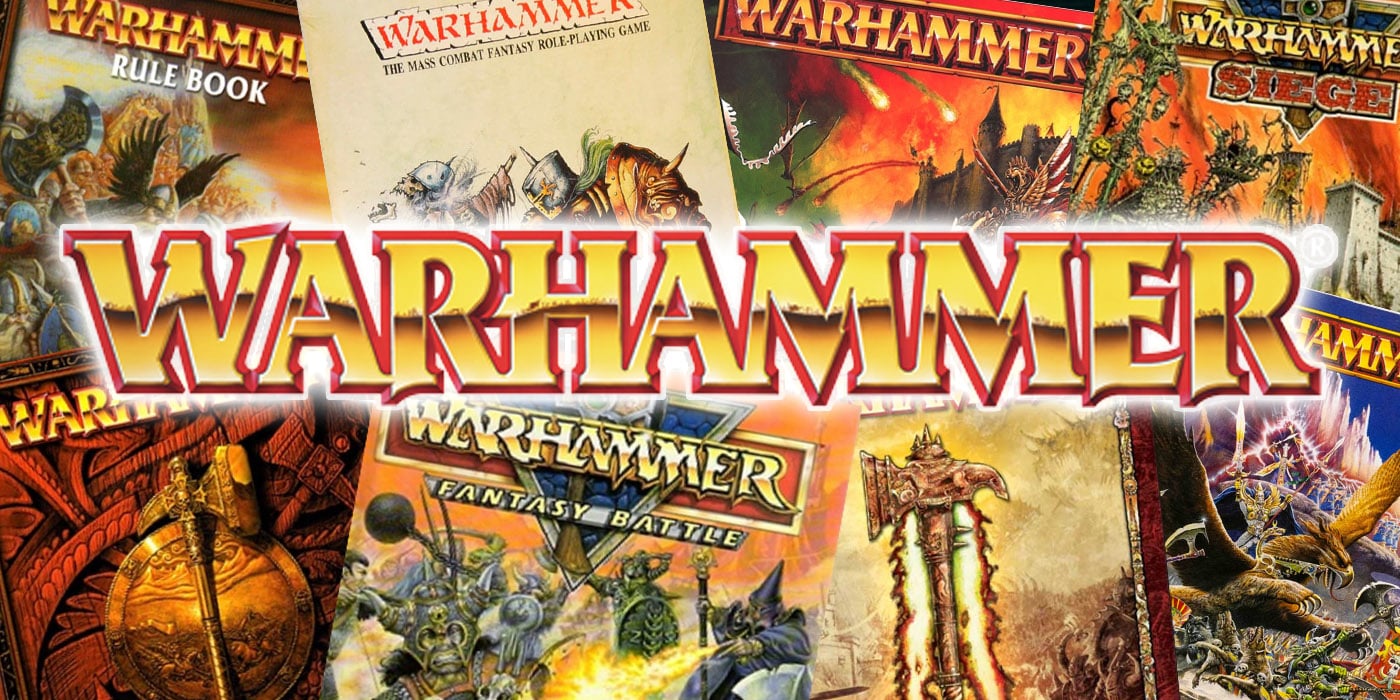LCG Primer: My Escape Rope from the Dark Hole of CCGs

I was a longtime fan of the collectible card game model. There is an undeniable rush that surges throughout your body as you hold your last pack hoping you get the card you’ve been chasing. The consistent rotation of sets forces a sense of urgency and reinforces the fleeting nature of your cards–ultimately leading you to quickly purchase the older set that is soon to be vintage and cards from the newest set so you stay on the cutting edge. The reason I started straying away from CCGs, though, wasn’t the headaches induced by the card chasing highs. It wasn’t the tendency for the games to favor competitive players, or the games’ oftentimes ridiculous secondhand market. While those might have helped ease the withdrawals, the main reason I got out of CCGs was seeing the emaciated state in which they left my wallet.
I have no qualms with the actual CCGs games or the players that play said games. Games like Magic the Gathering or Pokémon are finely crafted, and their fanatical player base is simply reacting heavily in favor of a game they enjoy. I am strongly against the manner in which the games are distributed, namely the Collectible Card model. The immense amount of pressure it puts on the players–psychologically and monetarily– goes beyond the scope of what a game should do. Games are experiences, not addictions.
So as I was climbing out of the dark hole I had carved for myself, I looked to various games to fill the now gaping void in my gaming time. Nothing really satiated my pallet, until I hit Fantasy Flight’s string of LCG games. LCG stands for Living Card Game, and it’s a model that’s more in line with board games than the traditional card game models. Having grafted myself to Netrunner( Huge Bladerunner fan), I’ll use their products to explain the distribution model and then further go on to explain the game of Netrunner in later posts.
Netrunner has a core set–aptly titled the “Netrunner: Core set– that contains 252 cards and all the bits and bobs required to play the game. Every Netrunner Core Set will have the exact same card distribution. This is the standard for every LCG product. Netrunner expansions–called Data Packs– will contain the same card distribution that is unique to that expansion; i.e. two copies of Trace Amount will have the same cards, but a copy of Trace Amount and Future Proof will not.
So what does this mean for us as consumers?
Absolutely no card chasing!
No more buying boxes–or cases sometimes–to get one or two cards. The data packs even give you multiple copies of each card to ensure that players can have playsets of every card. On top of that the price point for these Data Packs, have been consistently $14.95 for each pack–a price that would barely net you four boosters packs before tax. Seeded expansions eliminate the need for a second-hand market, shed the monetary constraints for certain players, and put every player on the same page by having access to the same card pool. It allows players the opportunity to reach competitive levels on their ingenuity and skill, rather than be shoe horned into buying “competitive” cards. That’s the beauty of the LCG model to me. No longer am I worried about what monetary return I’m getting from my draft packs, or stressing because my deck is soon to be obsolete.
For the first time in my 9 years of card gaming, I’m actually focused on the game.








